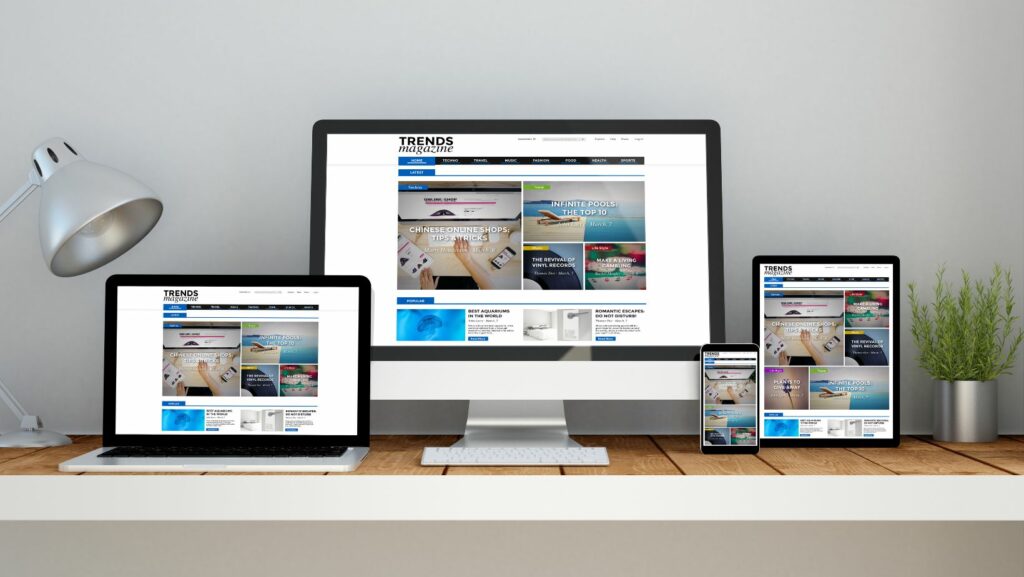 In the world of publishing, indie and self-publishing have emerged as popular alternatives to traditional publishing routes. Both options offer authors the freedom to bring their work to readers without the constraints of traditional publishing houses. Indie publishing typically involves working with small independent publishing houses, while self-publishing allows authors to have complete control over the entire publishing process. These avenues provide opportunities for authors to showcase their creativity and reach a wider audience in today’s dynamic literary landscape.
In the world of publishing, indie and self-publishing have emerged as popular alternatives to traditional publishing routes. Both options offer authors the freedom to bring their work to readers without the constraints of traditional publishing houses. Indie publishing typically involves working with small independent publishing houses, while self-publishing allows authors to have complete control over the entire publishing process. These avenues provide opportunities for authors to showcase their creativity and reach a wider audience in today’s dynamic literary landscape.
Indie Vs Self Publishing
Indie and self-publishing are both popular alternatives to traditional publishing methods in the literary world. Indie publishing involves collaborating with small independent publishing houses, while self-publishing grants authors full control over the publication process.
By understanding these distinctions, authors can make informed decisions that align with their goals and aspirations in sharing their work effectively.
Pros and Cons of Indie Publishing
 Indie publishing offers authors varying degrees of control over the creative process and comes with its set of marketing and distribution challenges.
Indie publishing offers authors varying degrees of control over the creative process and comes with its set of marketing and distribution challenges.
Indie publishing allows authors to retain creative control over their work, ensuring that their artistic vision remains intact throughout the publication process. This autonomy empowers authors to make decisions regarding cover design, formatting, and overall content, resulting in a product that truly reflects their unique voice. However, this level of control can also be overwhelming for some authors who may prefer guidance and input from traditional publishing professionals.
One of the main challenges of indie publishing lies in marketing and distribution. While indie authors have the freedom to promote their work as they see fit, they often face hurdles in reaching a wider audience without the support and resources of traditional publishing houses.
Pros and Cons of Self-Publishing
Self-publishing offers both independence and speed to market. Authors have the freedom to control every aspect of their book, from content to cover design, without waiting for a publishing house’s approval. This independence allows for quicker publication compared to traditional publishing routes. However, this freedom also means authors bear the sole responsibility for editing, marketing, and distribution of their work.
Self-publishing empowers authors with complete creative control. They can choose their cover designs, formatting styles, and release schedules without external interference. This flexibility enables authors to experiment with different genres, writing styles, and marketing strategies tailored to their target audience. On the downside, the absence of editorial guidance may result in overlooking critical feedback that could enhance the quality of the final product.
Key Differences in Royalties and Revenue
 Indie and self-publishing diverge significantly in terms of royalties and revenue. While indie authors often retain a higher percentage of sales revenue, self-publishing offers potentially greater profits depending on factors like marketing strategies, distribution channels, and production costs.
Indie and self-publishing diverge significantly in terms of royalties and revenue. While indie authors often retain a higher percentage of sales revenue, self-publishing offers potentially greater profits depending on factors like marketing strategies, distribution channels, and production costs.
- Indie Publishing Royalties: Indie authors typically earn higher royalties per unit sold, ranging from 60% to 70% of the book’s retail price. This direct-to-reader model allows for more significant control over pricing and profit margins.
- Self-Publishing Revenue Potential: Self-publishing can yield substantial profits, especially if authors implement effective marketing campaigns to reach a broader audience. Despite lower royalties (usually around 30% to 70%), successful self-published authors can generate considerable revenue through volume sales.
- Profit Margins and Costs: Indie authors, while benefiting from higher royalties, may face higher production and distribution costs, impacting their overall profit margins. On the other hand, self-publishing authors can optimize costs through digital formats and print-on-demand services, improving their profitability.
In weighing the options between indie and self-publishing, authors must carefully consider factors like creative control, royalties, marketing challenges, and profit margins. While indie publishing offers higher sales revenue percentages, self-publishing can yield greater profits through effective marketing strategies and high volume sales. Understanding genre popularity, target audience demographics, pricing strategies, and promotional efforts is crucial for making informed decisions about the publishing journey. Both paths have their risks and upfront investments, with self-publishing requiring financial commitment and indie publishing facing credibility hurdles. Authors should evaluate these aspects to align their publishing goals with the path that best suits their needs and aspirations.

